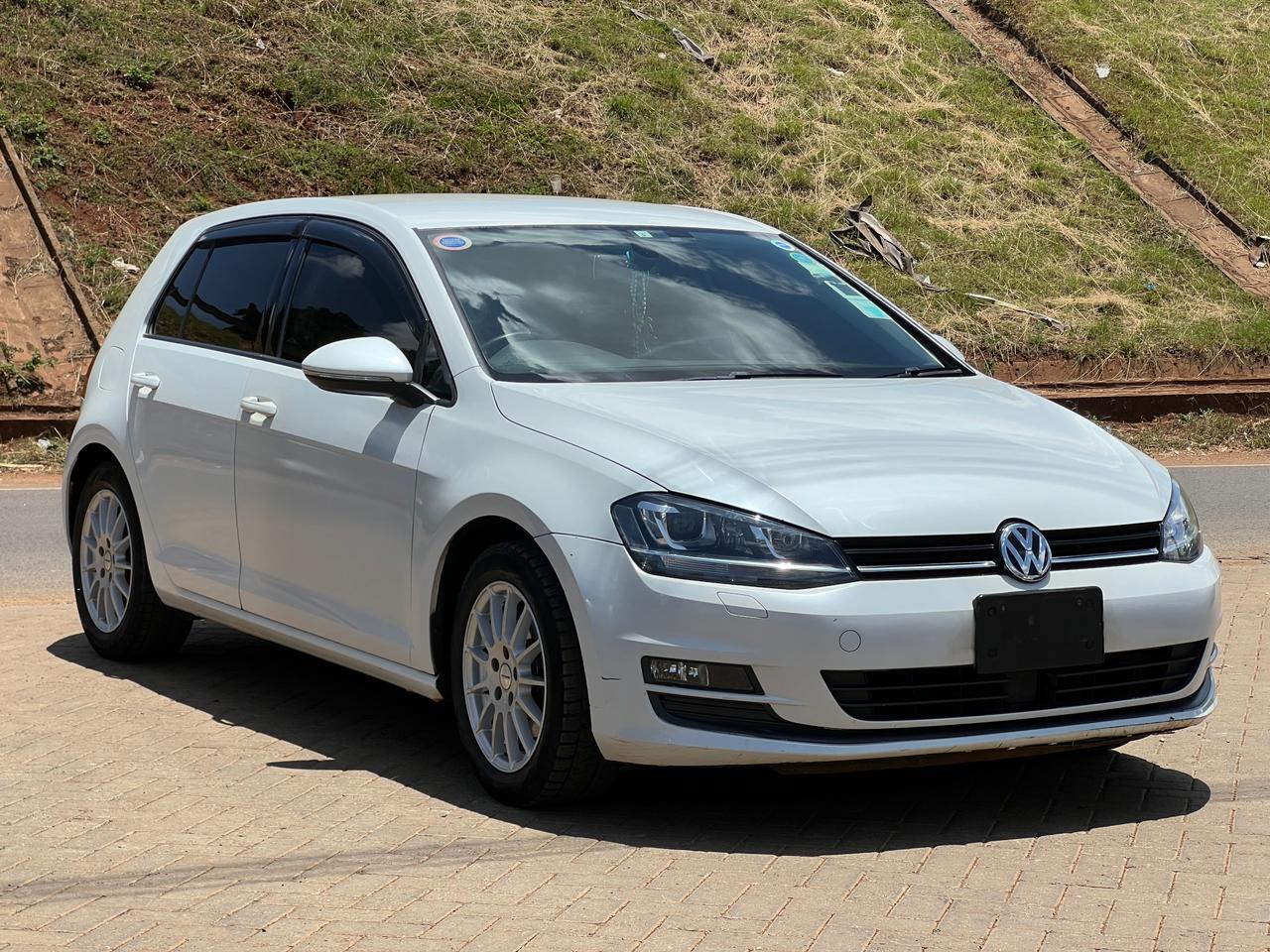Understanding Car Engine Types: Inline, V, Boxer, and More
Understanding Car Engine Types: Inline, V, Boxer, and More
Car engines come in different shapes and sizes, but at their core, they all aim to do the same thing: convert fuel into motion. However, the way they achieve that varies depending on how the cylinders are arranged. From the everyday inline engine to the rare but powerful boxer design, understanding engine types helps you better appreciate what’s under your hood — and what it means for performance, reliability, and driving feel.
In this guide, we’ll explain the most common car engine layouts: inline, V, boxer (flat), W, and a few more — all in simple, beginner-friendly language.
1. What Is a Cylinder Configuration?
Before diving into engine types, it’s important to understand what a cylinder does.
-
Cylinders are chambers where air and fuel mix and combust to push a piston.
-
The number and layout of these cylinders define the engine’s shape, size, and performance characteristics.
-
Most cars have 3 to 8 cylinders, though some high-performance or specialty vehicles may have 10, 12, or even 16.
The arrangement of these cylinders is what gives us engine types like “inline-4” or “V6.”
2. Inline Engine (I3, I4, I6)
Also known as straight engines, this is the most common engine layout in everyday vehicles.
How it works:
All cylinders are arranged in a single straight line, typically mounted vertically or slightly tilted.
Common variants:
-
Inline-3 (I3): Found in small cars, compact, light, and fuel-efficient.
-
Inline-4 (I4): The most common engine in cars worldwide.
-
Inline-6 (I6): Smoother and more powerful, often used in premium or performance cars (e.g., BMW).
Pros:
-
Simple design = cheaper to build and repair
-
Compact and fuel-efficient
-
Reliable and easy to maintain
Cons:
-
Can be unbalanced (especially I3 or I4)
-
I6 engines are long and may not fit in smaller cars
3. V-Type Engine (V6, V8, V10, V12)
In a V engine, the cylinders are arranged in two angled rows, forming a "V" shape when viewed from the front.
How it works:
Each bank of cylinders works together to produce power, while taking up less length than an inline layout.
Common variants:
-
V6: A balance of power and size, common in midsize sedans, SUVs, and pickups.
-
V8: More power and torque; popular in sports cars, trucks, and muscle cars.
-
V10/V12: Found in high-performance or luxury vehicles like Lamborghinis or Rolls-Royces.
Pros:
-
High power and torque output
-
More cylinders = smoother performance
-
Compact design (especially V6)
Cons:
-
More complex and expensive
-
Less fuel-efficient
-
Heavier and harder to service
4. Boxer Engine (Flat-4, Flat-6)
Also called a horizontally opposed engine, the boxer layout is unique.
How it works:
Cylinders lie flat and opposite each other, like two boxers throwing punches. Each piston’s movement balances its pair.
Used by:
-
Subaru (Flat-4)
-
Porsche (Flat-6)
Pros:
-
Naturally balanced and smooth
-
Lower center of gravity improves handling
-
Compact widthwise
Cons:
-
Wide layout can limit engine bay space
-
More complex to maintain
-
Not as common, fewer mechanics are familiar
5. W-Type Engine (W8, W12, W16)
The W engine is a complex layout that merges two V engines together at a tighter angle, forming a “W” shape.
How it works:
It essentially stacks cylinders more densely to create massive power without excessive length.
Found in:
-
Volkswagen W8
-
Audi W12
-
Bugatti Veyron/Chiron W16
Pros:
-
Extremely powerful
-
Fits large cylinder counts in limited space
Cons:
-
Extremely rare and expensive
-
Heavy and complex
-
Difficult to service or modify
6. Rotary Engine (Wankel Engine)
Although not cylinder-based, the rotary engine deserves a mention due to its unique design.
How it works:
Instead of pistons, it uses rotating triangular rotors in an oval housing to produce power.
Used in:
-
Mazda RX series (e.g., RX-7, RX-8)
Pros:
-
Lightweight and compact
-
High-revving with smooth power delivery
Cons:
-
Poor fuel economy
-
High emissions
-
Complex to maintain, prone to reliability issues
7. Twin-Engine and Hybrid Layouts
In hybrid vehicles or concept cars, there are unusual configurations like:
-
Twin engines (one for each axle)
-
Gas-electric hybrids (using an engine plus electric motor)
These setups focus on performance or efficiency and often come with advanced electronics for power management.
8. Which Engine Type Is Best?
There’s no single “best” engine layout — it depends on what you value most:
| Priority | Best Engine Type |
|---|---|
| Fuel Efficiency | Inline-3 or Inline-4 |
| Smooth Power Delivery | Inline-6 or Boxer |
| High Performance | V8, V10, V12, or W16 |
| Compact Size | Inline or Boxer |
| Lower Center of Gravity | Boxer |
| Unique Feel & Sound | Rotary or V-type |
9. Why Engine Type Matters
Understanding engine layouts can help when:
-
Choosing a car — e.g., Inline-4 is practical, while V6 feels sportier
-
Doing maintenance — some engines are easier or cheaper to work on
-
Upgrading or tuning — different engines respond differently to performance mods
-
Evaluating reliability — simpler designs like Inline-4 tend to last longer
Knowing how your engine is designed gives you better insight into how it behaves on the road — and what it might cost to maintain over time.
10. Engine Technology Is Evolving
Engine design is constantly improving. We’re now seeing:
-
Turbocharged small engines that provide power without using more fuel
-
Mild hybrid systems added to traditional engines
-
Electric assist motors to boost performance
-
Variable cylinder management, where engines shut off some cylinders to save fuel
These innovations blend traditional layouts with modern efficiency — showing that the engine world is far from stagnant.
Conclusion: Know What’s Under the Hood
Whether it’s a small inline-3 in a city car, a powerful V8 in a muscle car, or a unique flat-6 in a Porsche, the engine layout plays a huge role in how a car feels, sounds, and performs.
Understanding different engine types helps you make smarter choices, especially when buying, maintaining, or customizing a vehicle. It’s not just about horsepower — it’s about how the power is delivered, how the car handles, and how much joy you get behind the wheel.
So the next time someone mentions a “Boxer engine” or a “V12 monster,” you’ll know exactly what they mean — and why it matters.





Comments